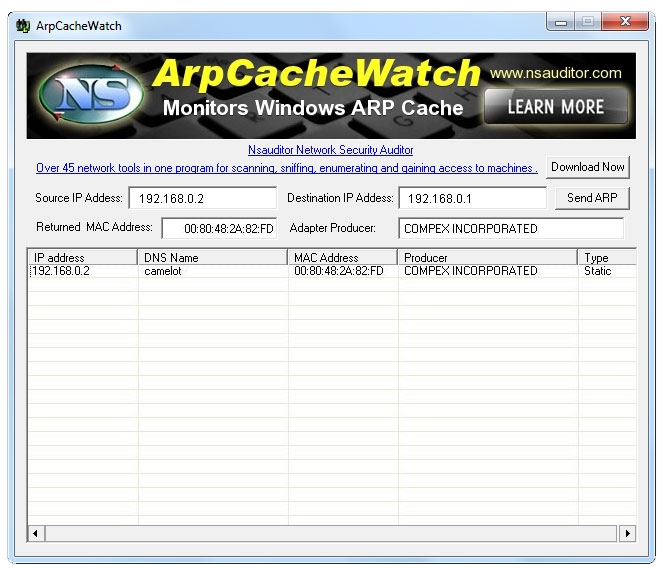

Proxy ARP is used to facilitate ARP exchanges in order to resolve IP addresses to MAC addresses in devices that are separated by routers in the same network or sub-network. In that case, the device sends an InARP request asking for its IP address which, on receiving, it maps to its corresponding DLCI in the InARP table. This is a common scenario on networks that share data-link addresses across different physical networks, such as Frame Relay and ATM. InARP is used when a device knows the DLCI of a remote router, but does not know its IP address. It is used mainly for device configuration. InARP uses MAC addresses to find corresponding IP addresses. DLCI is the Frame Relay equivalent of a hardware/MAC address. Instead, they have a unique identifier called DLCI for every virtual circuit they are connected to. The devices in a Frame Relay network do not have MAC addresses. InARP specifically applies to Frame Relay stations with Data Link Connection Identifier(DLCI) associated with a Permanent Virtual Circuit(PVC) that do not know the IP address of the station on the other side of this connection. InARP is an addition to ARP technology that enables a device to request for an IP address corresponding to a given MAC address. There will be no follow up packets sent in response to a gratuitous ARP packet. Gratuitous ARP packet has both, source and destination IP set to the IP address of the device issuing the packet and the destination MAC is the broadcast address ff:ff:ff:ff:ff:ff or 00:00:00:00:00:00 based on the ARP implementation. When a new device joins the LAN, it broadcasts its MAC address to the entire network immediately after its network interface boots up. Gratuitous ARPĪ gratuitous ARP is an unprompted ARP response. On Linux systems, ARP table can be displayed with the command “arp -an”. The switch too, updates its ARP cache noting which of its ports is connected to device 3.

On receiving the ARP response, device 1 updates its ARP table with an entry for device 3. Note that the ARP response is unicast i.e it is sent only to the device that sent the ARP request. The device with the requested IP address will reply with an ARP response that contains its MAC address. If the IP to MAC translation for device 3 does not exist in the ARP cache, device 1 sends a broadcast packet to the network using the ARP protocol to ask “who has 192.168.10.160?".Īll the devices in that network receive the ARP broadcast packet. When device 1 with IP 192.168.10.154 wants to send a packet to device 3 with IP 192.168.10.160, it looks into its ARP cache to fetch device 3’s MAC address. Switches will send out the packet on all the enabled ports if they do not have the destination MAC address in the cache. However, switches maintain another kind of cache mapping the MAC address of the non-switch devices connected to this LAN to the port where packets should go to reach that device.

Switches do not have an ARP table as they are not equipped to handle IP packets. An ARP table consists of IPv4 address to MAC address mappings. How does ARP work?Įvery device that is capable of handling IPv4 packets has an ARP table. This allows for the communication between the two end devices to be unicast. If a device wants to communicate with another device in the same LAN, it needs to know the MAC address of the other device’s network interface. In that case, the network has to resort to using MAC addresses for communication. A device that is not connected to the internet will not have an IP address. Switches are not configured for a standard that will allow destination decisions to be based on IP within the same broadcast domain. Why do we need ARP?ĭevices in a Local Area Network(LAN) are programmed to communicate using link layer addresses. As a result, ARP is said to be a link layer protocol. ARP packets are encapsulated by link layer and are distributed only in a particular network. ARP was defined in 1982 by RFC 826.ĪRP is a request-response or request-reply protocol in which one device sends a request to another device asking for some information, to which the other device will reply with the required information. The Address Resolution Protocol(ARP) is a communication protocol used to discover the data-link layer address(Layer 2 address like Media Access Control(MAC) address) associated with an Internet layer address(Layer 3 address like IPv4 address).


 0 kommentar(er)
0 kommentar(er)
